|
Driving along the roads, boreens and trackways of Ireland this month you can almost watch as the hedgerows besides them unfold into glorious flower. Hedges in all countries are generally planted to provide stock-proof barriers and to denote land boundaries, often but not always on raised banks of soil (this soil bank was normally the result of the excavation of associated roadside ditches (dykes) to provide drainage from the fields and roads. Hedgerows should be considered as complete ecosystems, as green or wildlife corridors (though you would be hard pressed to look at some hedgecutting and wonder if the land owner wants a boundary at all, stock proof or otherwise). Good native hedges allow free movement from one habitat to another for the birds and animals that would also be used a nesting sites, song posts, roosting and feeding sites and especially as protective cover from predators on both four legs or wing. The more species of trees and shrubs within the hedgerow, the more wildlife it will support. Some trees, like whitethorn (Crataegus monogyna) and the mighty, common oak (Quercus robur) support a wide variety of insect and bird species and willows (Salix sp.) are particularly valuable in supporting different species early in the year. As Ireland has so little native woodland cover, hedges are important substitutes as habitats - not only the trimmed or untrimmed hedge but the large trees allowed to grow within them. A varied composition of plants provides a continuity of food for insects, birds and small mammals, with leaves, flowers, seeds, fruit and berries opening and ripening at different times. As well as trees, shrubs too have found their way into hedgerows and the more that you see, the more they provide a richer provision for wildlife. In an old whitethorn hedge you would also hope to see some elder (Sambucus nigra), Guelder rose (Viburnum lantana), dog rose (Rosa canina), wild cherry (Prunus avium), crab apple (Malus sylvestris), holly (Ilex aquifoium) and hazel (Corylus avellana). In some areas shrubs such as spindle, wild damson and buckthorn have crept in slowly from nearby and increase the diversity. Brambles and honeysuckle that scramble through the branches add another layer of pollen and nectar for bees and butterflies in summer, leaves for moth and butterfly catterpillars and berries for the birds and small mammals in the autumn Small birds, like robins and wrens prefer hedges that are thick at the base, providing dense foliage cover when they are scratching around for insects, particularly in winter when the open ground may be frozen. The rich source of food at the bottom of the hedgerows with its carpet of dead leaves also attracts small rodents; kestrel and barn owl hunt along the grass verges and bases of hedgerows strangely enough, because they hunt small rodents. Young trees and saplings that grow one or two metres above the main body of the hedgerow are used regularly as song posts and robin, blackbird and thrushes will often be seen reminding others of their territory with their song. Much taller trees and dead wood standing within the hedgeline can be used by birds of prey on the lookout for their own food sources. Today, it is estimated, that Ireland has only a native hedgerow length of 300,000km, many are now at the end of their natural lifespan, more still have been left to grow wild and are more of a tree line than a hedgerow. In fact a lot of hedges no longer fulfil their basic function as barriers, having become gappy or bare at the base. This is often due to the way they are cut, or not cut at all and left to grow stumpy instead of thick and stockproof. The most significant changes to hedgerows in recent times has been, firstly, the widescle clearance associated with the development of land for building, including new and widened roads and with more intensive agricultural, the removal of hedges enclosing very small fields to larger ones. The second has been hedgerow maintenance and management with the majority of country hedgerows now being cut with flail mowers with the resultant damage and disease it can cause. Flails are designed to cut young growth on a regular basis but you only need to drive on some of the roads to see the appalling sight of decimated stems and branches (too large for this type of machinery) being stripped and shattered leaving uneven stumps, mangled bark and torn and twisted remains. It is these factors that have led to a reduction in diversity both through physical removal and through disturbance and fragmentation of the remaining hedgerow habitats, not only of wildlife but of the plants that die out because the cutting regime does not suit all type of hedgerow shrubs. The current generation of Irish farmers have planted around 10,000km of new hedges - the most significant planting in almost 200 years and the revival of the ancient art of hedgelaying has also returned to Ireland, especially in light of grants available through certain schemes. This is a hedge management method that takes advantage of the ability of broadleaved trees to make new growth after being cut back hard; effectively rejuvenating the hedge and extending the lifespan of most hedgerow species indefinitely. As new hedgerows are planted, with well chosen plants and good management, field hedges could once again be fit for purpose, to provide stock proof boundaries as well as those vital corridoors for all the wildlife that are facing so many difficulties in the countryside today.
0 Comments
|
WildEdges
A haven of quiet countryside highlighting issues affecting the natural world. Categories
All
|




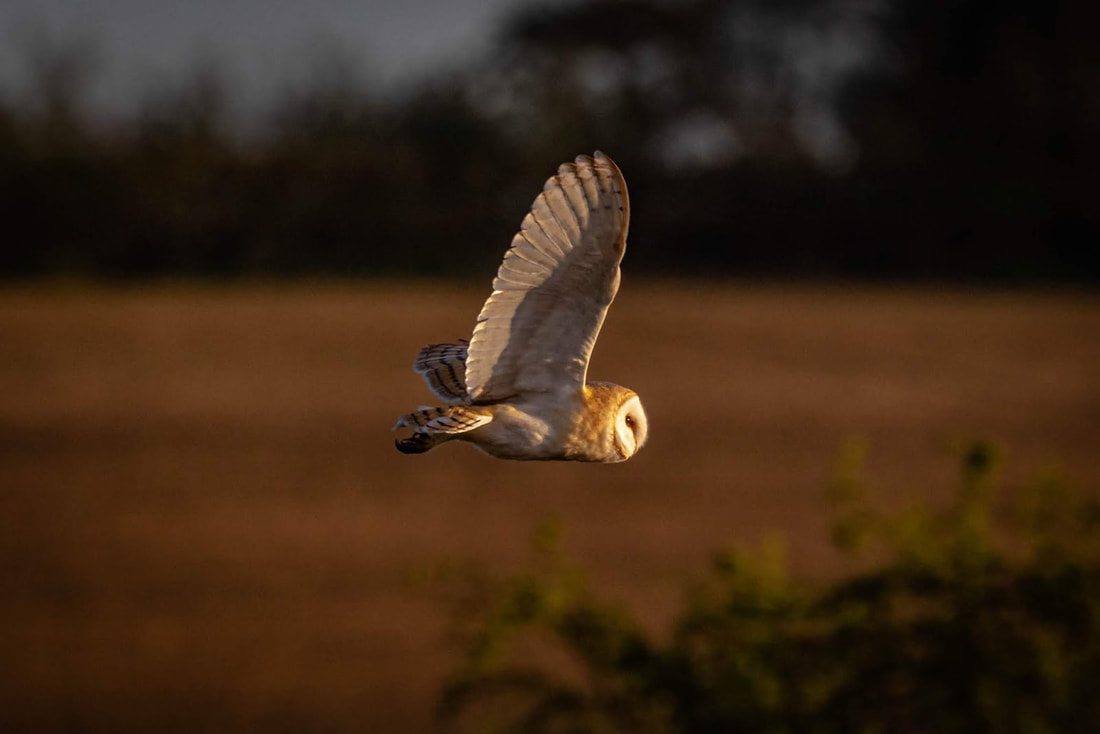
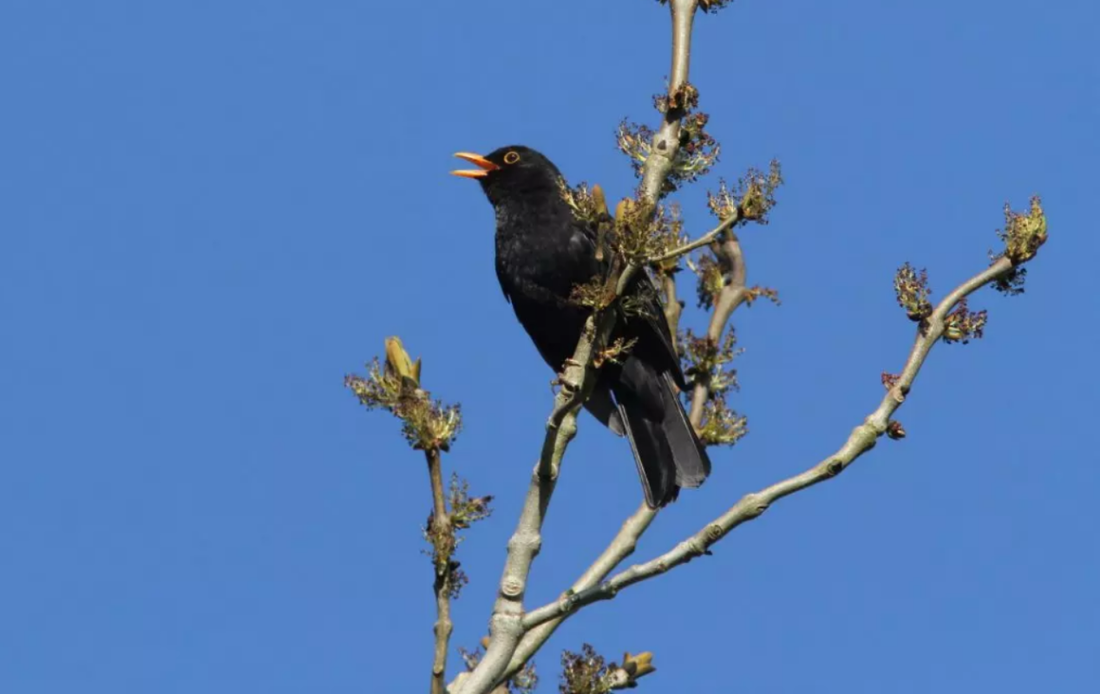
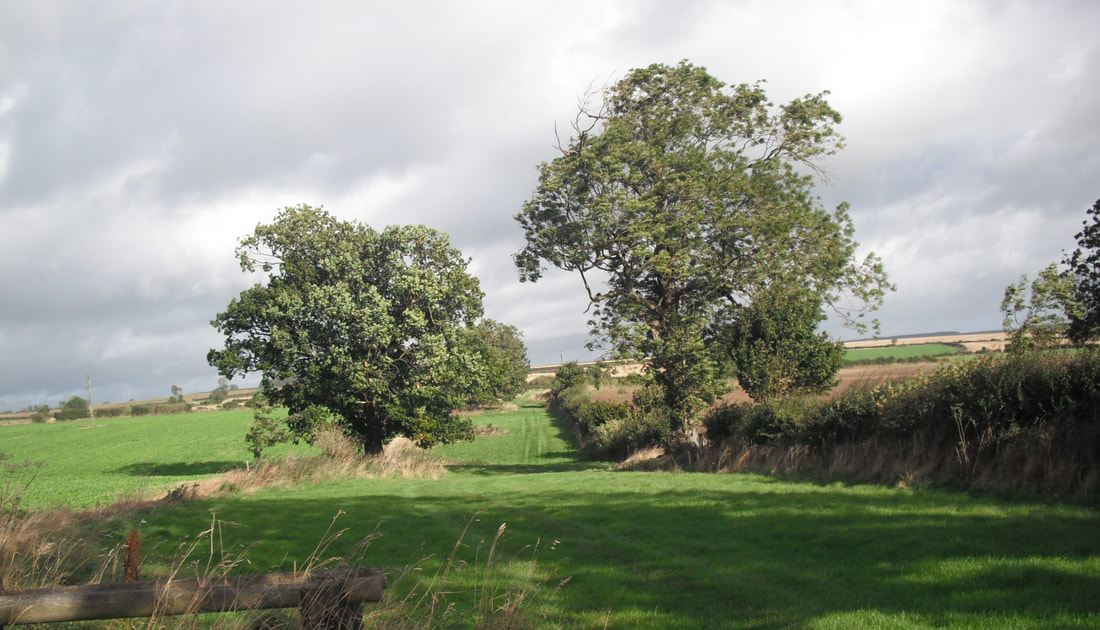

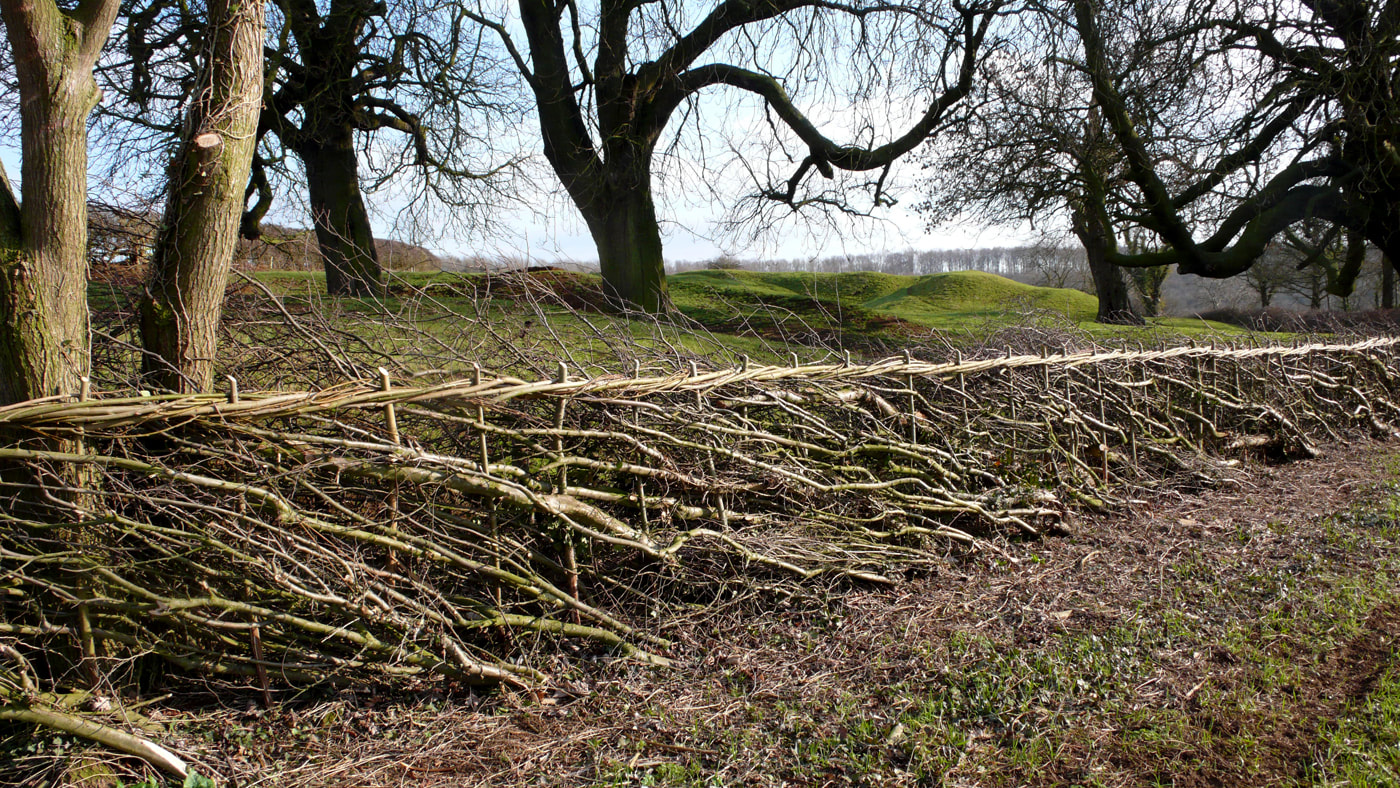
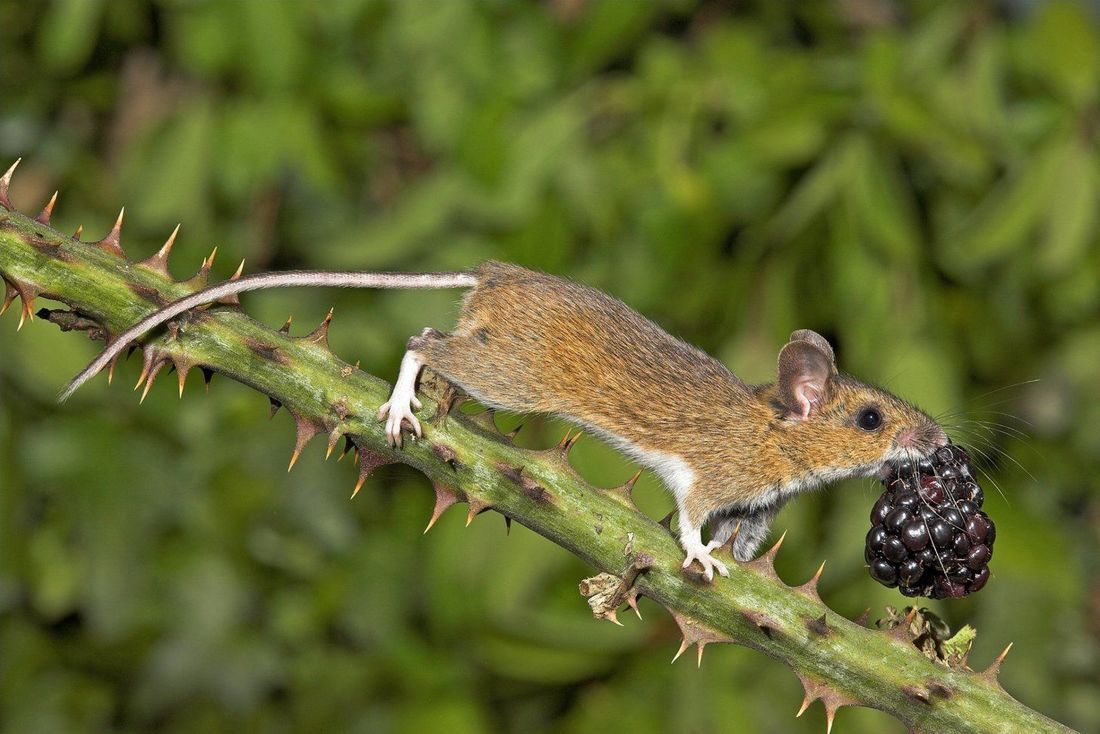
 RSS Feed
RSS Feed